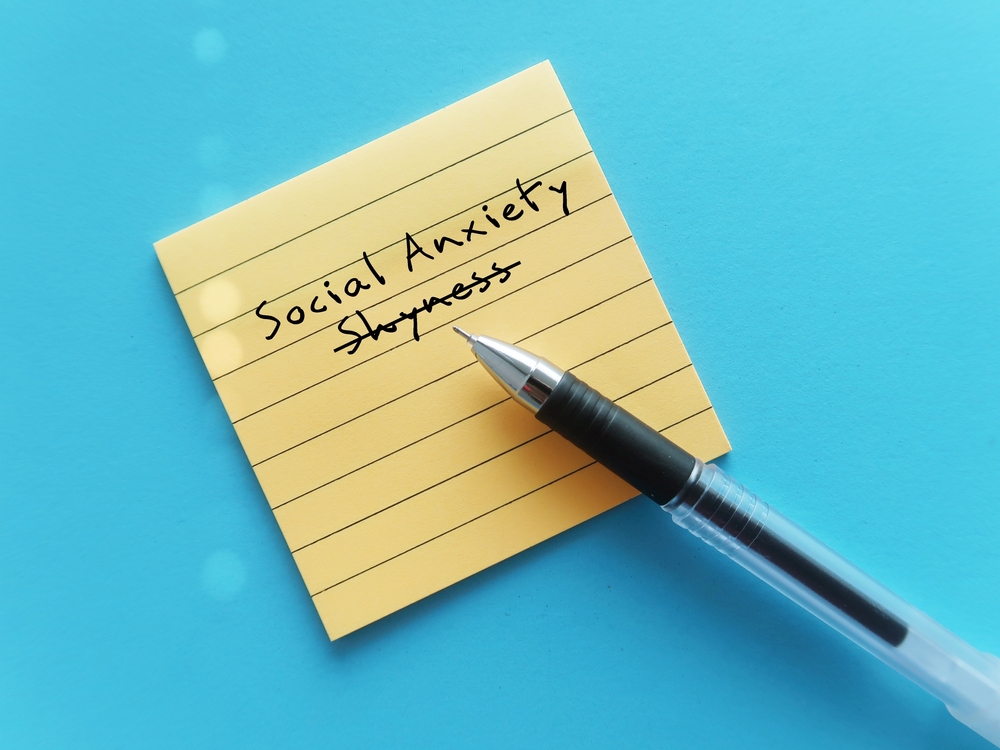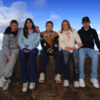Feelings of shyness or discomfort in certain situations are to be expected throughout adolescence. Comfort levels in social situations will depend on personality traits, life experiences, and can vary significantly, as some people are naturally reserved, and others are more outgoing. However, a child may be struggling with social anxiety disorder when pervasive symptoms of anxiety interfere with his or her ability to function in daily life. Social anxiety disorder (SAD), also known as social phobia, is listed in the Diagnostic and Statistical Manual of Mental Disorders, Fifth Edition (DSM-5) as a chronic mental health condition. Social anxiety extends beyond typical shyness. In contrast to everyday nervousness, the defining feature of social anxiety disorder is extreme anxiety or fear of being judged, negatively evaluated, or rejected in one or more social or performance situation. Social anxiety disorder is not uncommon and is estimated to affect 9.1% of adolescents in America.
Warning Signs
Social anxiety disorder presents differently in each child. The symptoms of social anxiety disorder can be divided into three categories: physical, emotional, and behavioral. Parents provides examples of the most common signs of social anxiety in kids some of which include, but are not limited, to the following:
- Extreme self-consciousness in social or performance settings.
- Fear of meeting or talking to people. The distress can start days or weeks before an event.
- Avoidance of triggering situations, like going to public restrooms, talking to teachers, or attending birthday parties.
- Physical symptoms like sweating, nausea, trembling, blushing, dizziness, or rapid heart rate. These often occur in social situations that children perceive as scary, and they can lead to panic attacks in extreme cases.
- Throwing tantrums or acting clingy before and/ or during social events.
- Feeling helpless, sad, or angry in social settings.
- Refusal to speak in certain situations.
- Difficulty making friends or talking to peers.
- As asserted by the Anxiety & Depression Association of America, “people with social anxiety disorder may worry about acting or appearing visibly anxious (e.g., blushing, stumbling over words), or being viewed as stupid, awkward, or boring.”
- Speaking softly and avoiding eye contact.
- School refusal, in extreme cases.
It can be difficult to distinguish between behaviors associated with typical teenage insecurities and those that may be indicative of a mental health disorder. According to the Child Mind Institute, signs of social anxiety disorder typically start to show up between the ages of eight and fifteen, so keep an eye out for anything out of the ordinary. If cause for concern arises, it is best to err on the side of caution and pursue professional guidance.
For Information and Support
Every family in need of mental health treatment must select a program that will best suit the needs of their family. When one member of a family struggles, it impacts everyone in the family unit. To maximize the benefits of treatment we work closely with the entire family to ensure that everyone is receiving the support they need through these difficult times. Seeking help is never easy, but you are not alone! If you or someone you know needs mental health treatment, we strongly encourage you to reach out for help as quickly as possible. It is not uncommon for many mental health difficulties to impact a person’s life, long term. Pursuing support at the beginning of one’s journey can put the individual in the best position to learn how to manage themselves in a healthy way so they can go on to live happy and fulfilling lives.
OUR KNOWLEDGEABLE ADMISSIONS TEAM CAN BE REACHED 24/7 AT INFO@PACIFICRTC.COM OR CALL: 800-531-5769






